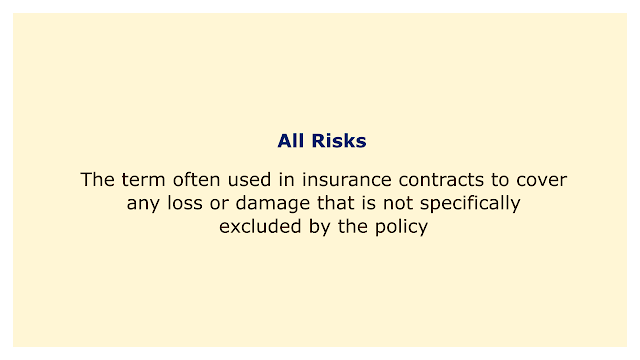 |
| Image: Moneybestpal.com |
The risk in finance is the potential or likelihood of losing money as a result of changes in the market or other circumstances.
Risk can have an impact on a company's management, commitments, investments, and cash flow. It may also have an impact on a person's earnings, outgoings, possessions, or debts.
Different sources list different types of financial risks, but some common ones are:
Different sources list different types of financial risks, but some common ones are:
- Market risk: the change in the marketplace that affects a company's competitiveness or an individual's investment returns.
- Credit risk: the risk of customers or borrowers defaulting or not paying their obligations.
- Liquidity risk: the difficulty of converting assets into cash or managing daily cash flow.
- Operational risk: the risk of losses from fraud, lawsuits, personnel issues, or other business activities.
- Legal risk: the risk of facing legal actions or penalties due to non-compliance or regulatory issues.
Risks of this nature are typically definite and evident. They can be monitored and managed with the use of a variety of methods and tactics, including hedging, diversification, insurance, and contingency planning.
Another kind of risk, though, is more all-encompassing and generic. "All risks" or "all perils" risk is what it is known as. In insurance contracts, this phrase is frequently used to refer to any loss or damage that is not expressly covered by the policy.
For instance, unless specifically prohibited by the terms of the policy, an "all risks" property insurance policy may cover fire, theft, vandalism, natural catastrophes, and any other source of damage. As long as the loss was not caused by one of the excluded hazards, the insured party is not required to demonstrate how the loss occurred.
An "all risks" policy has the advantage of offering the insured party-wide, all-inclusive coverage. It lessens the ambiguity and uncertainty of what is and is not covered. Additionally, it shifts the burden of evidence to the insurer, who must demonstrate that the loss was brought on by an excluded peril in order to reject a claim.
An "all risks" policy has the drawback of typically being more expensive than a "named perils" policy, which exclusively covers particular types of damage. However, it can offer fewer actual coverage options than a "named perils" policy due to its higher exclusions and limits.
Consequently, it's crucial to study the small print and comprehend what is covered and what isn't when selecting "all risks" insurance. It's also a good idea to compare various policies and premiums from various brokers and insurers.
Although an "all risks" policy may not cover everything, it can offer the insured party a high level of security and assurance.
